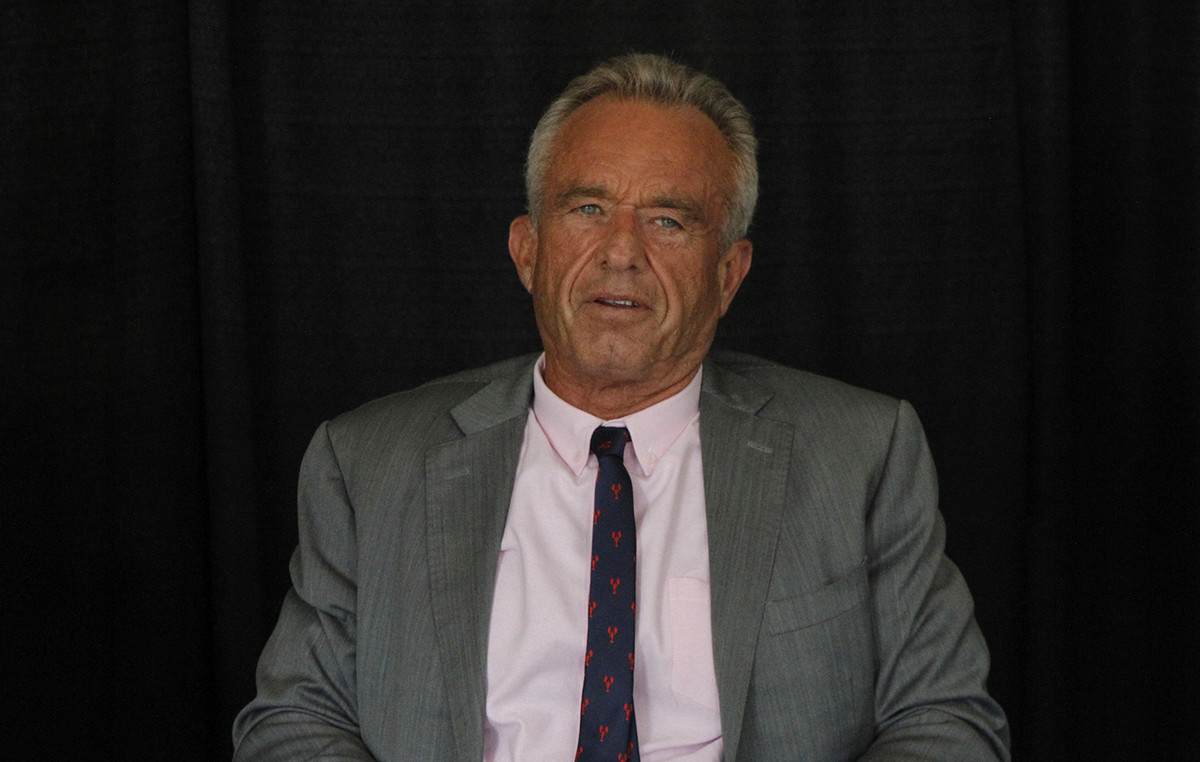THE 0.8% drop in retail sales in July reflect, in addition to rising inflation, the effects of the cycle of high interest rates in Brazil — especially with regard to the rise in credit — and may influence the next steps of the Monetary Policy Committee (Copom ), say analysts to the CNN Brasil Business.
The decline was the third consecutive month, with nine of the ten activities surveyed recording a decline in the period. The negative performance occurred both in the retail restricted and expanded, which includes activities involving vehicles, motorcycles, parts and pieces and construction material.
The data was released a week before the next monetary policy meeting of the central bank . The current view of most of the market is that the committee will confirm the end of the cycle of interest rate hikes, maintaining the Selic rate at 13.75%, and retail numbers can confirm this picture.
André Perfeito, chief economist at Necton, considers that the July data “disappointed”, especially because the market expected a growth for retail sales, not a fall.
He points out that the only category surveyed that did not fall was fuel and lubricants, whose positive performance he attributes to the government’s tax reduction measures.
“The data suggest that the activity is still fragile, and if it weren’t for the fiscal effort to cut down on gasoline, the result could have been even worse”, he evaluates.
The poor performance of trade can also be related to the difficulty in accessing credit motivated by the high indebtedness of families, says economist Guilherme Sousa, from Ativa, in a note, “which may also reflect part of the anticipation of consumption experienced over the last few years, and the loss of purchasing power due to the advance of inflation”.
end of cycle
The economist says that the data reinforce a scenario of the end of the cycle of high Selic rate, even with a interest repricing in the United States with the market expecting higher rates.
Considering domestic activity with better,a but on a low basis of comparison, Perfect states that “it makes no sense, in theory, to slow down economic activity even further in order to control prices”.
Rodolfo Margato, an economist at XP, does not expect a “direct impact” of the data on the Copom decision, “because we have observed mixed signals from domestic activity in the recent period”.
Despite the negative retail surprise providing the basis for an end to the interest rate cycle, he considers that the service sector growth in july above expectations, indicates a “solid pace of growth in the sector and no sign of relief, being a positive vector for local activity”.
“We have more and more consistent signs of still solid consumption of services, as a benefit of the reopening, but at the same time a worsening of consumption of goods, something that the Copom has already discussed recently. This has implications for inflation, the service inflation that still worries at a high level, while that of goods begins to decline”, he explains.
In this sense, he states that the Copom may indicate a reinforcement of this evaluation in post-meeting communication, with heterogeneous signs of the activity, but that the data should not impact the decision itself.
The chief economist at RPS, Victor Candido, points out that the decline in retail sales shows that “we are experiencing a slowdown in consumption”, reflection of an increase in credit linked to high interest rates.
At the same time there is a deceleration in the consumption of goods, there is an acceleration in the consumption of services which points to a third quarter of growth in the Gross Domestic Product (GDP ), but lower, and stability in the fourth quarter, signaling that high interest rates are already contributing to the deceleration of the economy.
He believes that the data “has influence” on the Copom, being an important piece of information that “shows that it is starting to have a relevant change in the consumption basket from goods to services . And I think this data shows that there is some effect of the credit cycle on goods. And this is very important for the Central Bank”.
Already believing in a maintenance of the Selic at 13.75% at the September meeting, Órama’s chief economist, Alexandre Espírito Santo, says that the result “shows that the recovery of the post-pandemic economy, despite being occurring, is still a challenge”.
“Anyway, I do not consider that this number in itself is decisive to influence the decision of the Copom on the 21st. I believe that the BC can already see some control over inflation, but it needs to be vigilant”, he says.
The economist’s projection is that the Selic will need to remain at a high level for “a long time” for inflation to converge with the targets. He expects that the Copom “will only reduce the Selic rate at the antepenultimate or penultimate meeting in 2023, and end next year between 10.75% and 11.75%”.
Also noting that the most credit-sensitive retail items had a greater reduction in sales in recent months, Claudia Moreno, economist at C6 Bank, believes that the trend is for a slowdown in the sector, even if it is partially alleviated by the increase in value. of Auxílio Brasil and the salary mass, linked to the fall in unemployment.
The economist does not believe that the July data is enough to change the Copom’s stance, but she expects that the committee will not raise interest rates, signaling the end of the cycle.
“But we do not rule out that he may raise interest rates by 0.25 pp, as he left this door open in the last minutes and in events with the main direct representatives of the Central Bank”, he highlights.
Source: CNN Brasil
Joe Jameson, a technology journalist with over 2 years of experience, writes for top online news websites. Specializing in the field of technology, Joe provides insights into the latest advancements in the industry. Currently, he contributes to covering the world stock market.







